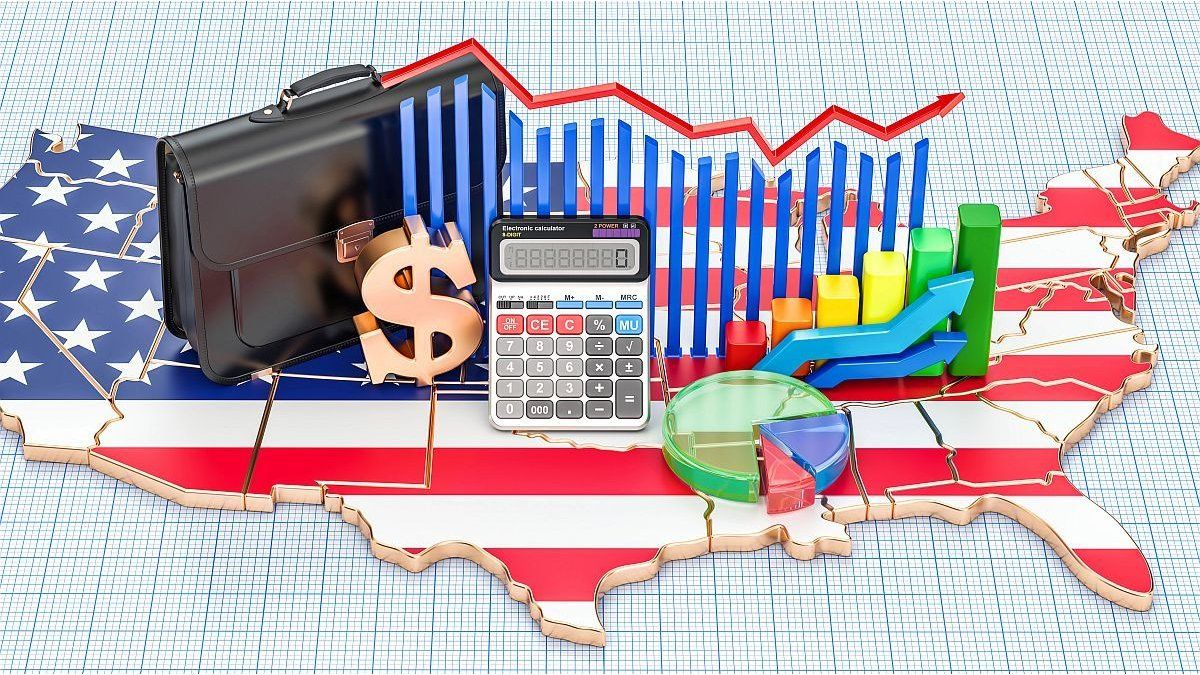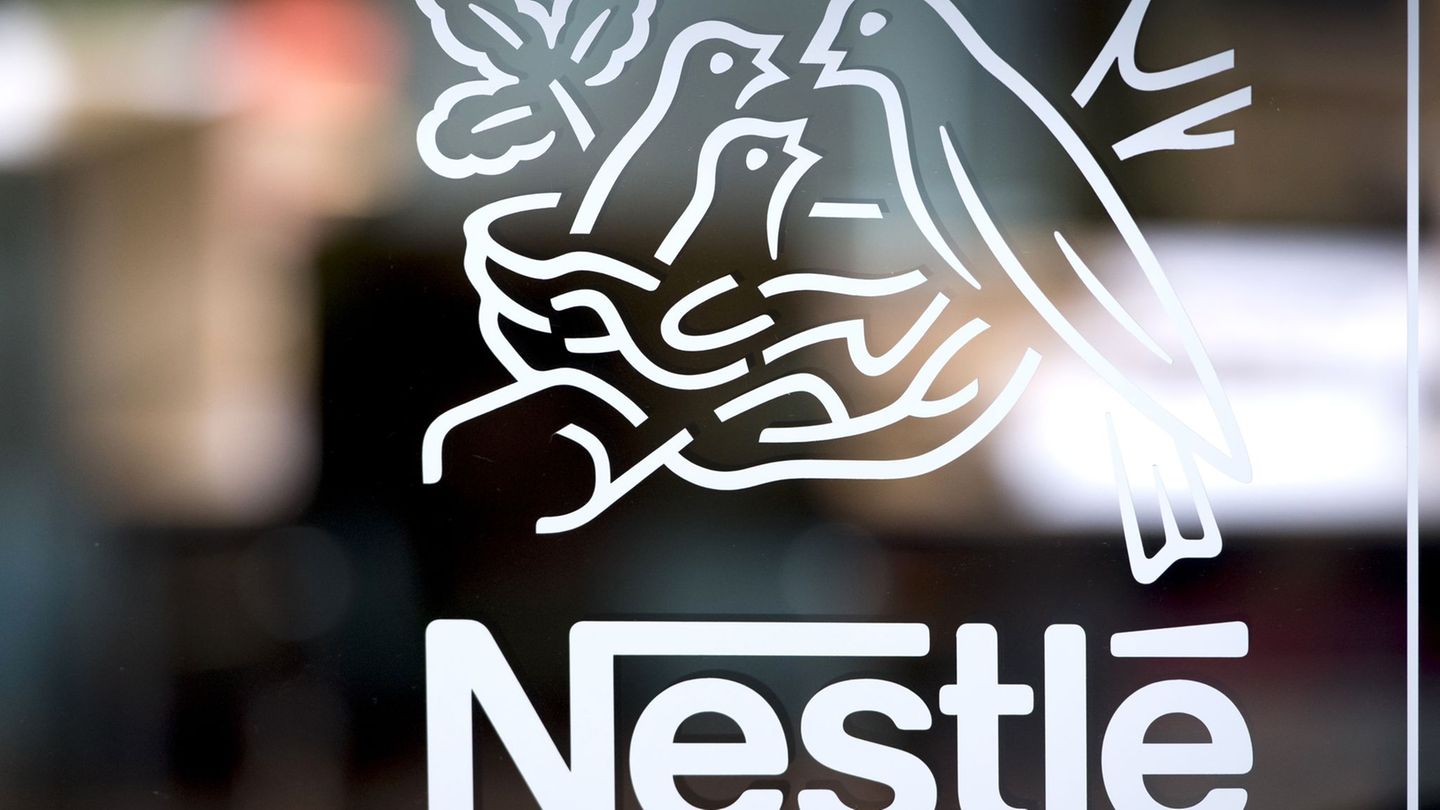Ian Rosenberger, executive director of Day Owl, a six -year -old New York company that manufactures backpacks in Vietnam, has suspended future orders. Unless an agreement is reached to significantly reduce Vietnamese tariffs, Rosenberger estimates that Day Owl has 30 days before breaking.
But with a production cycle of about 100 days, waiting for much longer could be to miss the crucial shopping season return to classes. “The damages are already significant enough to represent an existential threat,” he said, adding that his seven employees have wondered if they should prepare to lose their job.
Rosenberger said that tariffs would increase their tax to $ 22 from $ 5, which prompted it to increase the price of its high -end bag to $ 212 from $ 155.
United States distributors and retailers (Footwear Distributors and Retailers of America), whose members include Nike, Walmart, Skechers and Deckers, estimated that a 155 dollars -made shoe manufactured in Vietnam would have to have a price of 220 dollars in US stores to compensate for the 46%tariff.
Vietnam is vital
Vietnam has developed specialized factories that produce from high -tech sports shoes to tracksuit. It is the second largest supplier of imported clothing and footwear to the United States after China, and a key manufacturing center for Nike, Adidas and other brands.
Vietnam requested a 45 -day delay in the imposition of American tariffs and said it would buy more American products, after Trump and the leader Vietnamese to LAM agreed on Friday to discuss an agreement to eliminate taxes.
Nike’s shares have fallen by 14% since the markets closed on April 2, the day Trump announced the tariffs, while Adidas’s shares lost 16%, Puma’s shares fell 18% and VF Corp’s shares, owner of North Face, fell 31%.
These large companies work with factories around the world, which provides them with some negotiation capacity to distribute tariff costs with suppliers. VF Corp. is “well diversified throughout its supply chain to manage tariffs,” said a spokesman.
Small businesses, such as the running brand for Oisselle women, based in Seattle, Washington, have less capacity to absorb the cost and less resources to plan alternatives.
Arielle Knutson, general director of Oiselle, has asked its 14 full -time employees to work in two or three tariff contingency plans, in addition to their usual works.
Oisselle, which is supplied with leggings, sports fasteners and t -shirts to run from Vietnam, has delayed the orders of the spring of 2026 that would normally be sending now.
Request the correct amount of product and not stay with too much money immobilized in the inventory is fundamental. “It’s a needle almost impossible to thread,” Knutson said.
The Wild Rye coat clothing brand, based in ketchum, Idaho, obtains ski jackets and mountain cycling pants of suppliers in China, which will be subject to an additional 34% tariff from Wednesday.
“This will generate enormous pressure in the company,” said Founder Cassie Abel. He has frozen hiring and salary increases for his 11 employees, and said that the company would have to absorb part of the increase in rates to avoid a 40 % increase in prices.
Day Owl, Oiselle and Wild Rye said they had previously tried to produce at the national level, but the quality was bad, so moving production to the United States is not practical.
The price of cars
The fear of a significant increase in car prices has led consumers in the United States to advance their purchases, NBC News reported. According to Goldman Sachs estimates, imported vehicles could experience a price increase of up to $ 15,000, while cars made in the United States with foreign pieces could be increased by up to $ 8,000.
The tariff measure could impact both imported vehicles and those assembled in the United States, since most of the parts used in car manufacturing come from different parts of the world. According to the White House, approximately half of the 16 million cars sold in the country for 2024 were imported, which means that a large part of the market will be affected by the new tariffs.
Some automobile manufacturers have already warned dealers on possible increases in new shipments prices. Hyundai, for example, communicated through its president and executive director, Randy Parker, that current prices are not guaranteed and could change for wholesale sold units after April 2, 2025.
The announcement of tariffs has generated an increase in the activity of the dealers, since many buyers seek to acquire vehicles before prices rise.
The possible increase in new vehicle prices could have a domino effect on the used car market. If consumers choose to avoid the highest costs of new cars, it is likely that the demand for used vehicles will increase, which could lead to an increase in their prices.
Iphones are also more expensive
A strong increase in the price of a sensitive article for the American is also expected: the iPhone: this is because, according to a Techinsights reportthe costs associated with the an iPhone assembly In the United States they could increase considerably, carrying the price of the device at very high levels, As never had them before.
This situation is even more complicated with imposition of a tariff of the 54% to all goods from Chinawhich would affect the profit margins of companies like Apple.
He most recent model of this cell phone It is the 16 series, and it is the one that would most increase its value with these tariff measures that even affect one of the Best known brands worldwideAmerican, and that has one of the devices most coveted by many.
The increase in production costs in the United States
To understand the impact of these costs, one of the most recent iPhone models can be taken as a sample and how its manufacturing price could change. According to Techinsightsthe cost of the internal components of the iPhone 16 Pro of 256 GB It is approximately U $ S550.
If the assembly and the tests are included, the total cost for Apple amounts to some U $ S580. However, with the imposition of the new tariff, this cost could be raised to U $ s850what rwould significantly educate the company’s benefit marginunless adjusting rising prices.
In this context, moving production to the United States would not only mean facing tariffs, but also Assume high labor costs related to labor and infrastructure.
The problem of assembly and tariffs
He Assembly system In China it is highly intensive in labor, which would not be economically viable in the United States. According to estimates, the assembly labor that costs U $30 by phone in China, I could rise to U $ S300 In the United States.
Even if Apple decided to produce the iPhone in the US, He would continue to face taxes On the numerous imported pieces. The local manufacture of each component, from the touch screen to internal storage, could increase the cost of the device at high levels.
This panorama is of great complexity and suggests that the manufacture of a mobile phone at a competitive price In the North American country it becomes completely uncertain.
In this sense, consumers are recommended to prolong the useful life of their current devices, since The future of prices is an unknown. The situation of tariffs still does not resolve, which could result in much higher values if companies fail to find a viable solution for local manufacturing.
Apple’s strategy
As reported, Apple began to redirect part of its iPhones production from India towards the United States as a contingency measure before the New tariff package implemented by Donald Trump.
Sources close to the company’s operations indicate that Apple seeks to mitigate the high cost associated with tariffs on products manufactured in China, which now ascend to 54%, compared to the 26% applied to products from India.
This decision responds to the uncertainty generated by the commercial policies of the United States. Although in the past, Apple’s CEO, Tim cookachieved an exemption from tariffs during the first Trump administration, the company considers that the current scenario Nor allows long -term strategic decisions for its supply chain, which is still dependent on China.
The impact on iPhone production
The iPhone, which represents almost the 50% Of Apple’s income, it was at the center of the dispute. According to different analysts, before the imposition of tariffsthe company had plans to produce 25 million of iPhones in India by 2025, of which approximately 10 million They were intended for the local market.
If the production is redirected towards the US, approximately half of the Annual iPhones demand In that country.
The impact on the bag was immediate: Apple’s actions fell a 19% in just three days, marking its worst performance in almost a quarter of a century.
Source: Ambito




